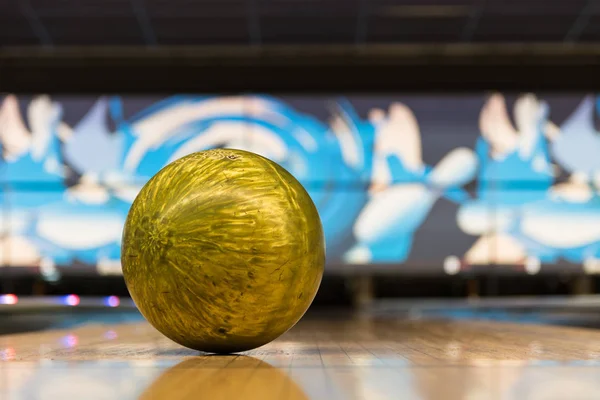Bowling is a popular recreational activity enjoyed by people of all ages. It involves rolling a ball toward a set of pins with the aim of knocking them down. But have you ever wondered what a bowling ball is made out of?
In this article, we will explore the different materials used in making bowling balls and their properties.
Introduction to Bowling Balls
Before we dive into the materials used in making bowling balls, let’s first understand the structure of a bowling ball. A bowling ball consists of three main parts: the core, the coverstock, and the surface.
The core is the innermost part of the ball and is responsible for its weight and shape. The coverstock is the outer layer of the ball that provides grip and control. The surface is the outermost layer of the ball and is responsible for its appearance and durability.

Materials Used in Making Bowling Balls
Core Materials
The core of a bowling ball can be made of different materials, including:
1. Polyester
Polyester is a low-density plastic material that is commonly used in making entry-level bowling balls. It is durable and easy to manufacture, making it an affordable option for beginners.
2. Urethane
Urethane is a high-density foam material that is used in making mid-range bowling balls. It provides better control and hook potential compared to polyester.
3. Reactive Resin
Reactive resin is a high-performance material that is used in making professional-grade bowling balls. It provides maximum hook potential and control on the lane.
Coverstock Materials
The coverstock of a bowling ball can be made of different materials, including:
1. Plastic
Plastic is a low-friction material that is commonly used in making entry-level bowling balls. It provides a smooth and straight roll on the lane.
2. Urethane
Urethane coverstocks are used in making mid-range bowling balls. They provide better grip and control compared to plastic.
3. Reactive Resin
Reactive resin coverstocks are used in making professional-grade bowling balls. They provide maximum grip and control on the lane, allowing for maximum hook potential.
Surface Materials
The surface of a bowling ball can be made of different materials, including:
1. Polyester
Polyester is a low-maintenance material that is commonly used in making entry-level bowling balls. It provides a smooth and shiny surface that is easy to clean.
2. Urethane
Urethane surfaces are used in making mid-range bowling balls. They provide a textured surface that provides better grip and control on the lane.
3. Reactive Resin
Reactive resin surfaces are used in making professional-grade bowling balls. They provide a textured surface that allows for maximum hook potential and control on the lane.
Conclusion
Bowling balls are made out of different materials, each with its own properties and characteristics. The core, coverstock, and surface of a bowling ball work together to provide optimal performance on the lane.
Whether you are a beginner or a professional, there is a bowling ball out there that is perfect for you.

